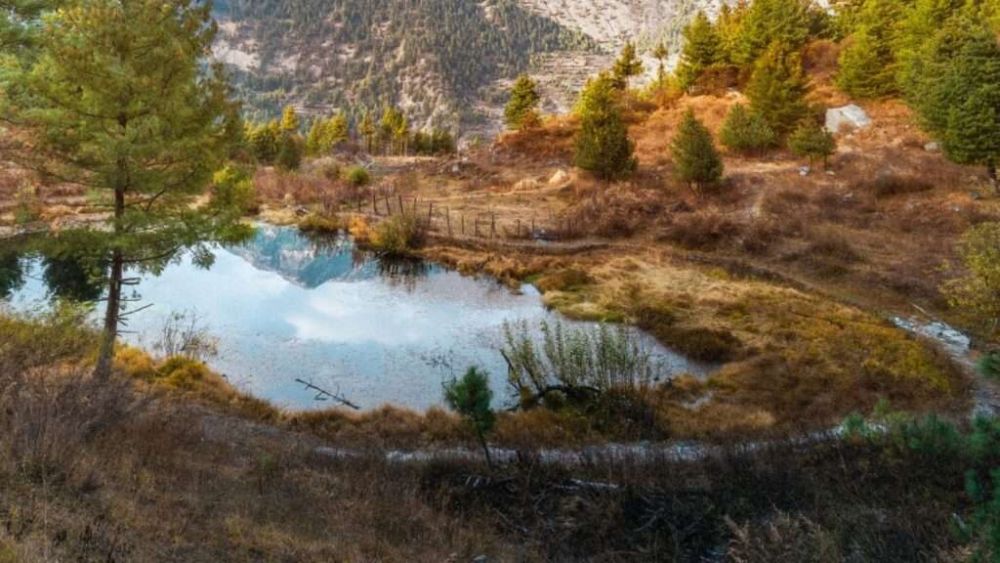

The quaint and serene region of Sat Tal in Uttarkashi, Uttarakhand, India, has long been a hidden gem amidst the Himalayan ranges. Known for its cluster of seven freshwater lakes, it is a place of considerable natural beauty and tranquility. Sat Tal, which means 'seven lakes', consists of a group of small lakes nestled together, each with its own unique charm.
The history of tourism in Sat Tal is relatively recent. The area has always been known to the local inhabitants and a handful of nature enthusiasts. It began to gain popularity as a tourist destination in the late 20th century when adventurers and trekkers started exploring the untouched landscapes of Uttarakhand. The region's remoteness and the lack of commercialization have preserved its pristine beauty, attracting visitors seeking peace and a deep connection with nature.
As word of Sat Tal's beauty spread, more tourists began flocking to the lakes to enjoy the peaceful surroundings and to engage in activities such as bird watching, trekking, and camping. In recent years, the Uttarakhand government has taken measures to promote eco-tourism in the area, which in turn has increased visitor numbers. The focus has been to offer tourism that is sustainable and retains the ecological balance of the region.
Today's tourism trends in Sat Tal tend to revolve around eco-friendly practices and sustainable living. Homestays and eco-resorts have become increasingly popular, offering tourists an immersive experience of local culture and lifestyle. Activities such as yoga retreats, nature walks, and cultural exchanges are also gaining traction among visitors seeking a wholesome and enriching travel experience.
With the rise in tourism, there are challenges related to environmental conservation and maintaining the fragile ecosystem of the lakes. It has been a priority for both government and non-governmental organizations to implement conservation programs and to educate tourists about the importance of preserving the unique environment of Sat Tal.
The tourism history of Sat Tal may be brief compared to other destinations, but its growth and potential are significant. With careful planning and respect for the environment, Sat Tal continues to enchant visitors and remains an exemplary model of sustainable tourism in the Indian Himalayas. Those who visit are encouraged to tread lightly and embrace the serene beauty that Sat Tal has to offer.